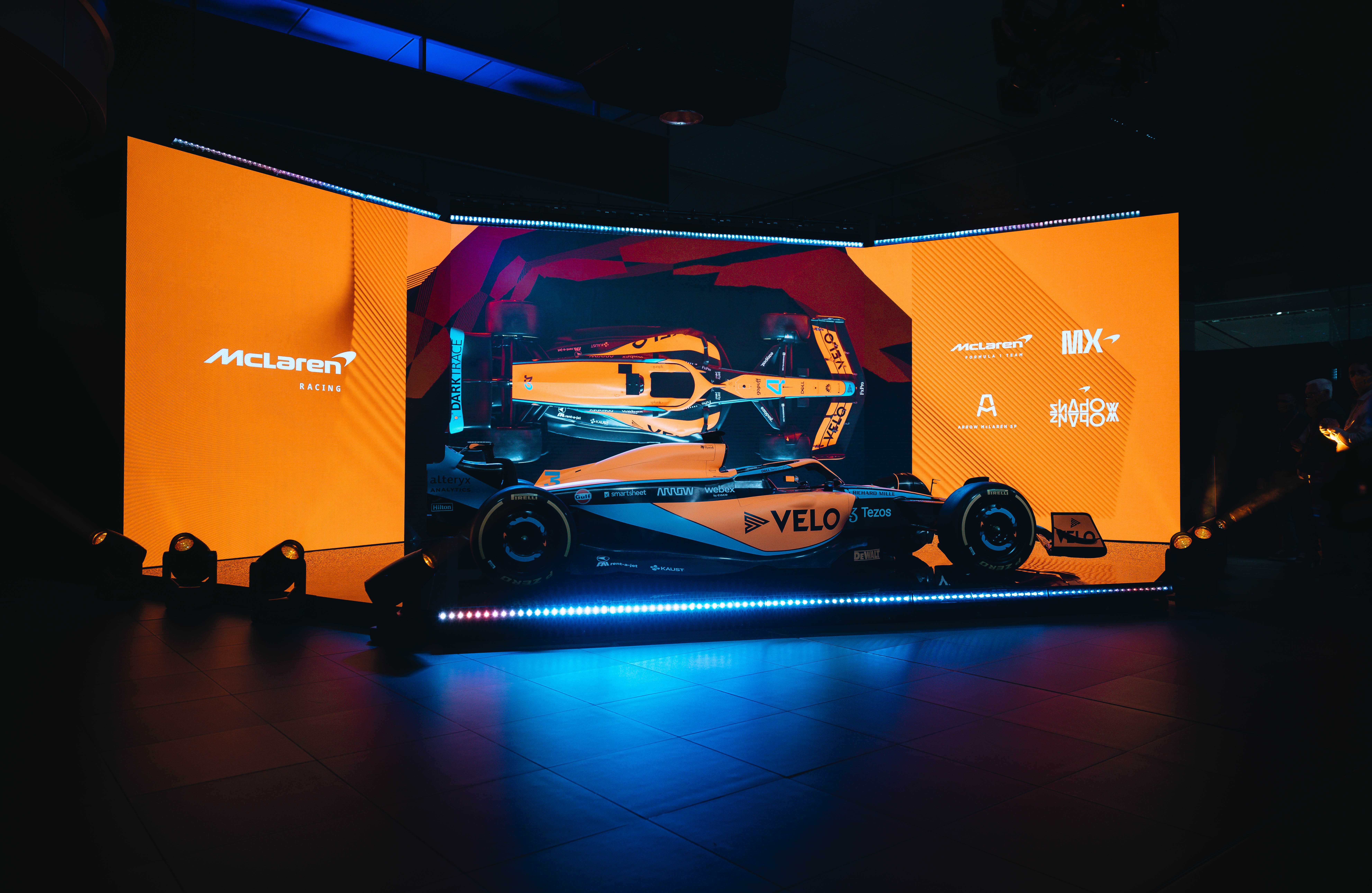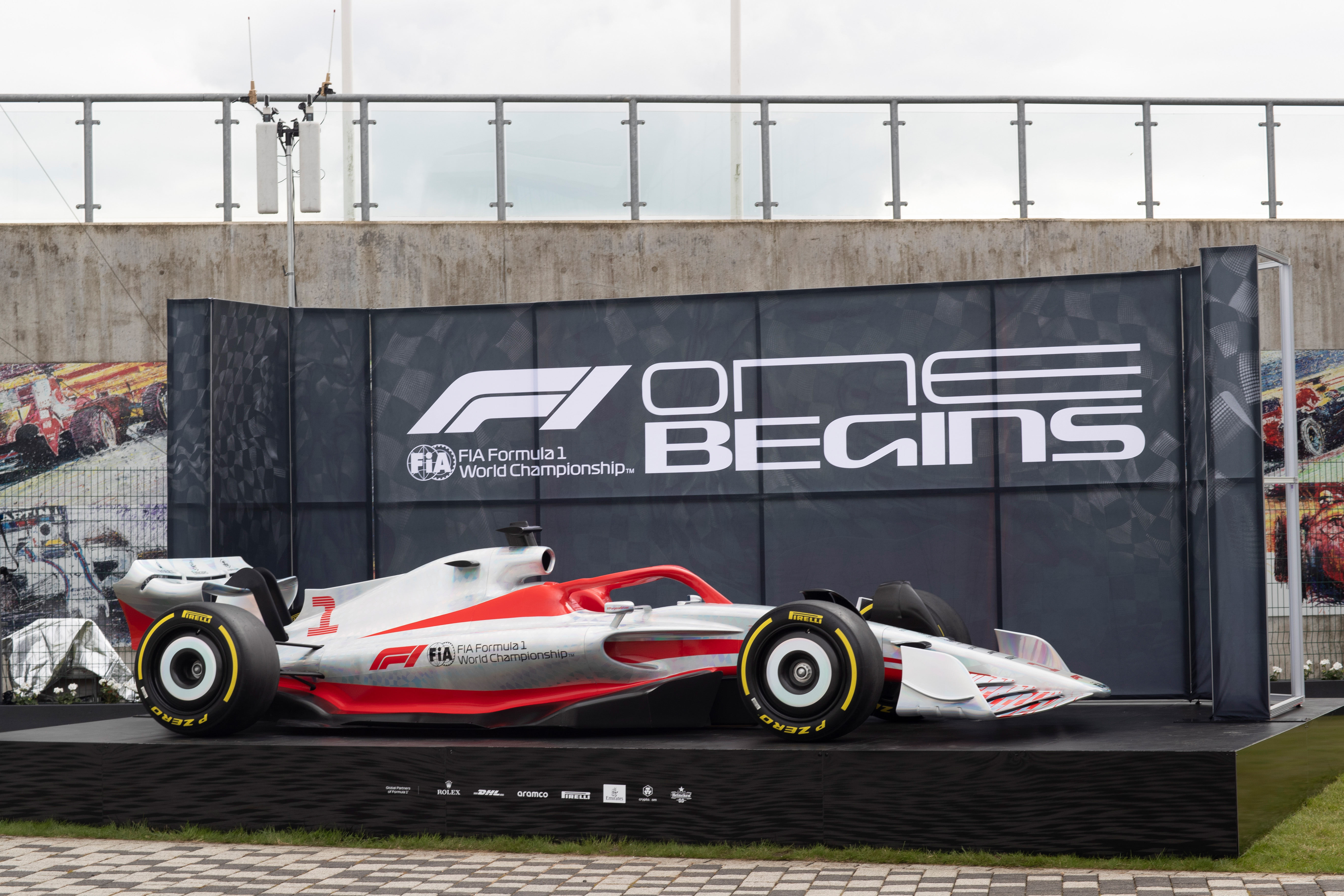Up Next

The FIA has seen “a few surprises” in the designs of the 2022 Formula 1 cars across the public launches and its own behind-the-scenes inspections.
F1’s new technical regulations feature sweeping changes from the front to the back of the cars, with reprofiled surfaces, a switch to emphasising ground-effect aerodynamics, and greater prescription on the areas teams can develop.
The tighter control is because the governing body wants to prevent teams from pursuing ideas that undermine a major joint effort from the FIA and F1 to create an aerodynamic rules package that makes it easier for cars to follow each other.
It led to concerns the cars would look more similar than ever, but the launches so far have indicated there will be quite significant areas of differentiation – at least until any obviously superior solutions are established.
The FIA has seen more of the car designs than anybody because in addition to the launches, there are individual sessions taking place with each team to “track the legalities so that we try to avoid any nasty surprises in the first race,” according to the FIA’s Nikolas Tombazis.
“We have seen a few surprises here and there,” said Tombazis.
“Some areas where cars are a bit more different between them than what we expected and where engineers have applied their innovative skills to come up with a solution.
“I think you will see a lot more differentiation than maybe you were expecting to start with.
“I wouldn’t say there’s been any massive alarm bells so far. It’s been relatively mild – still within what we think is a completely fair interpretation of the rules.
“We haven’t seen anything equivalent to a double diffuser or anything like that!”

The main point of distinction so far has been how the teams have designed their sidepods, with big differences between the ‘twin floor’-esque Aston Martin solution and the McLaren and Williams designs.
This is significant because it influences the aesthetics of the cars so much, with Aston Martin’s AMR22 notably sporting long sidepods with a very aggressive undercut and the likes of Williams attempting to minimise the sidepod as much as possible.
There are also different choices being made with the front wing and nose, while the floors appear to be a closely guarded secret from many teams.
Tombazis expects the differentiation to “reduce with time” but is still confident it will not “get to a point of being complete lookalikes”.
“You need to define what exactly a lookalike means because we can argue that we had a grid of lookalikes to the widest audience already for the last few years,” he said.
“I think the current new cars will have more visible differentiation in terms of shape, at least initially.
“Clearly, engineers will be evaluating solutions of each other’s cars and trying to understand why each other’s cars are a bit different in one or another way.
“And I think the regulations are written in such a way that the convergence will be faster.”
This is F1’s first major car rules shake-up since 2017 but is widely being tipped to be the biggest in 40 years and potentially in the history of the world championship.
F1 managing director of motorsport Ross Brawn, whose eponymous team was among the pioneers of the double-diffuser when there was a big rule change in 2009, said it is inevitable the new cars will bring “disputes” between teams over the designs.

He joked it would be “naive to think we’re not going to have arguments” but expressed his satisfaction with what has been revealed so far, in terms of the variation and the overall look of the new-generation cars.
“The cars are looking great,” Brawn said. “I think that’s one aspect that’s really rewarding. They look like great racing cars.
“We produced our own model within Formula 1, but it was a sort of fairly plain, vanilla interpretation of the regulation. So, it’s great to see this variation.

“When the regulations were issued there were the complaints that they are all going to look the same. We didn’t believe that. And that’s proven not to be the case.
“I have to be honest, I really need to see the cars in the flesh, to get a true impression. And I’ll be going to Barcelona for the first test and then probably get a much better idea there and Bahrain, how these cars are going to look.
“But I think that variation is reassuring, and also just the look of the cars, they look great and I think the fans will engage with them.
“[I also like] that the cars are going to race in a lower stance – they’ve looked a bit silly, these high-rake cars, sort of perched on their nose, and they never really looked like a racing car should look.
“These ones will look a lot better out on the tracks.”




